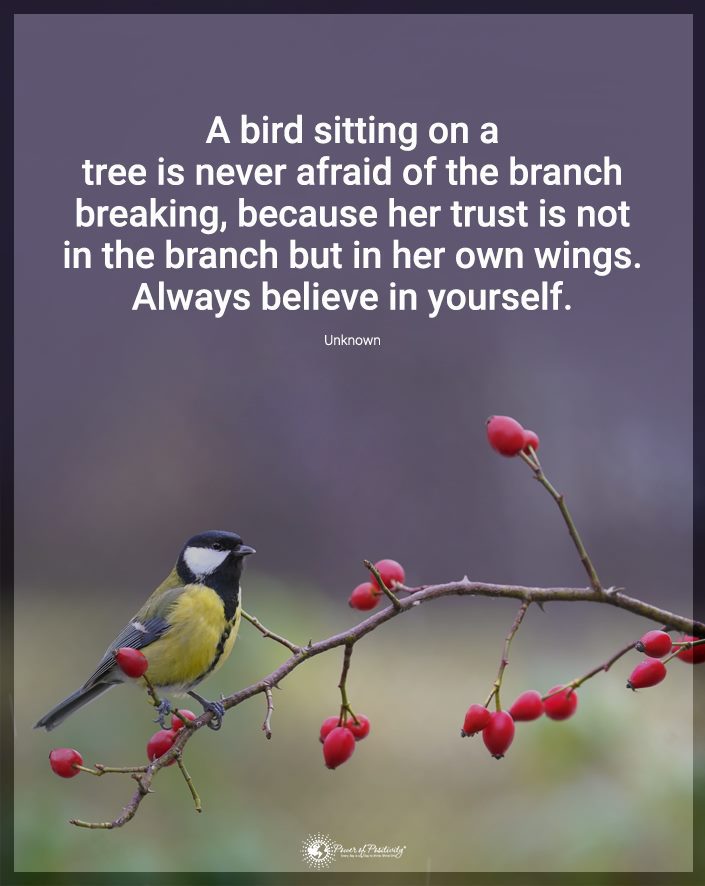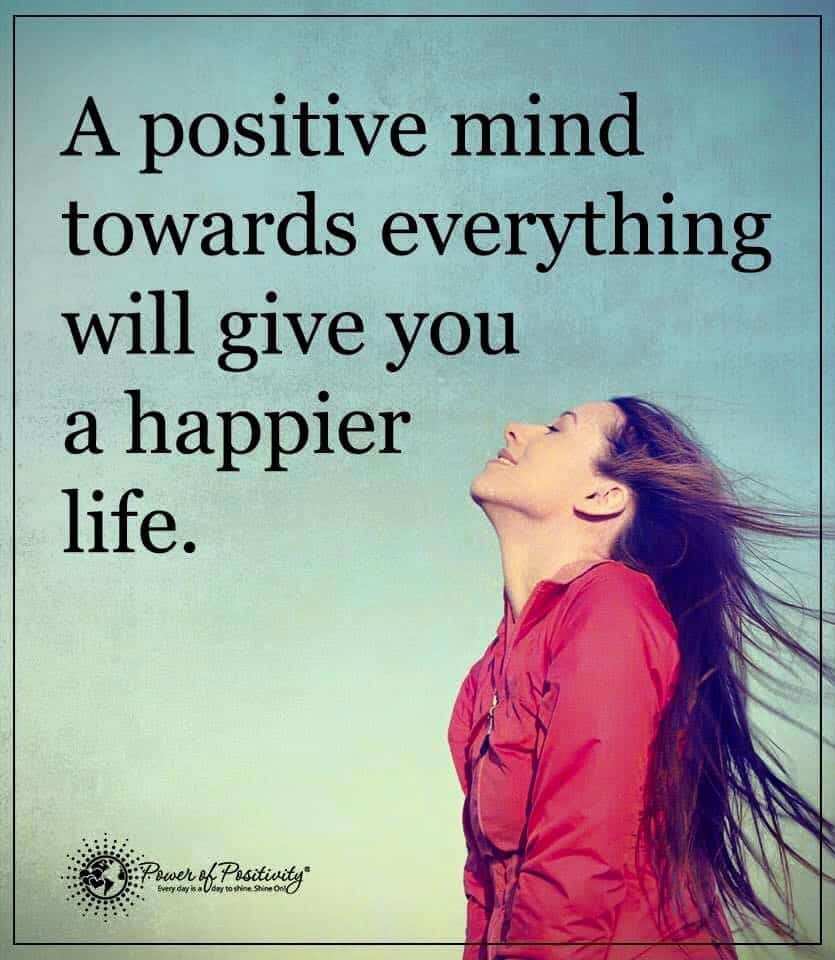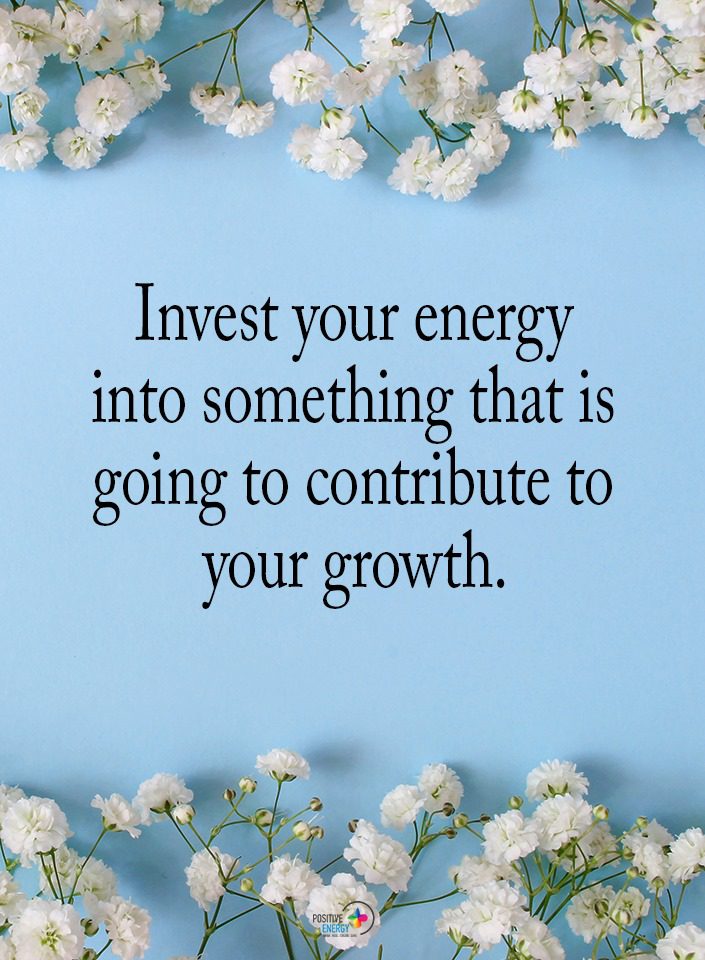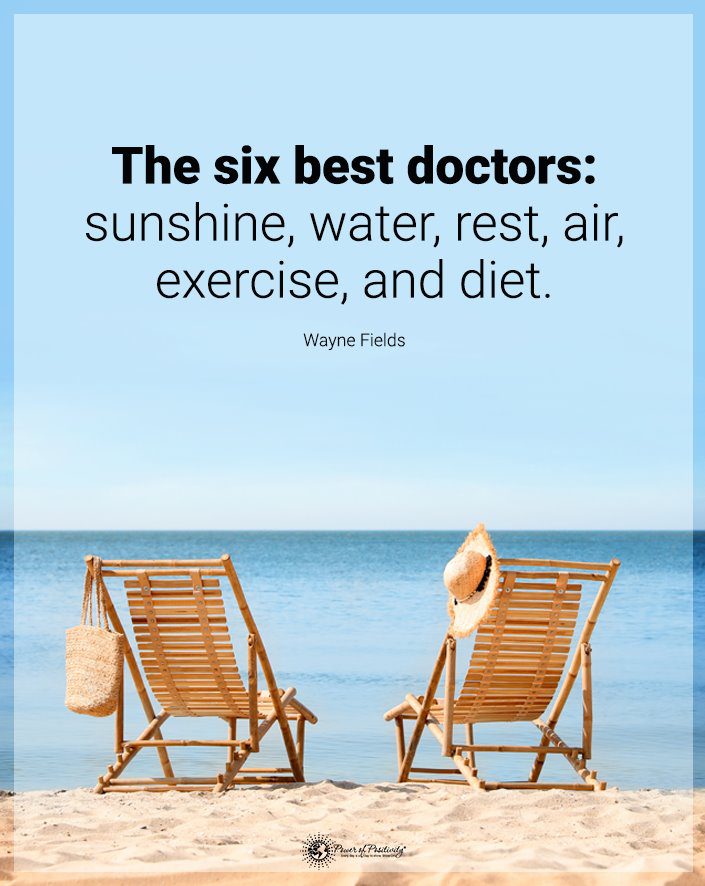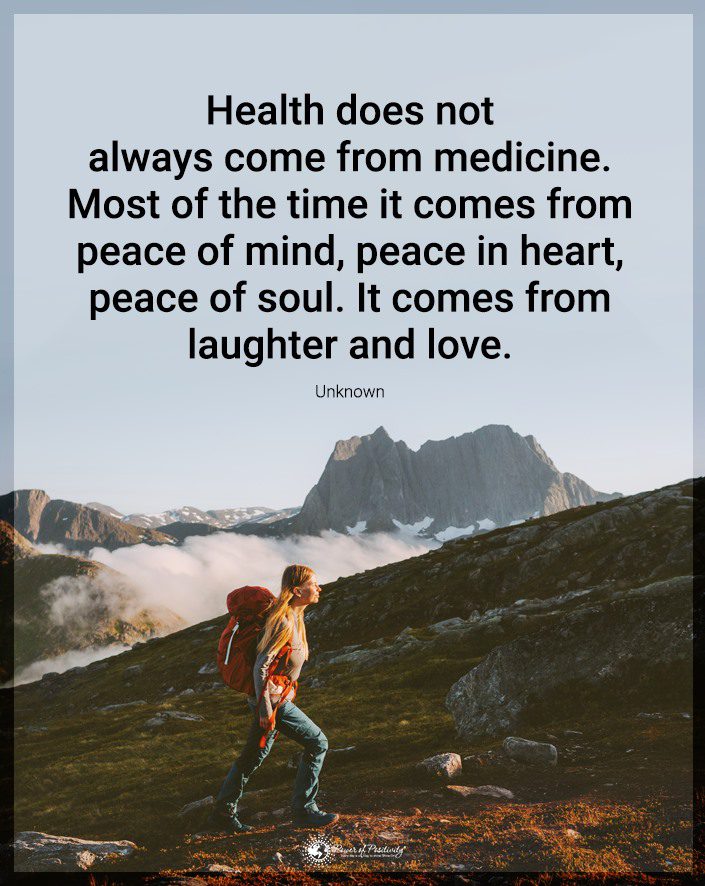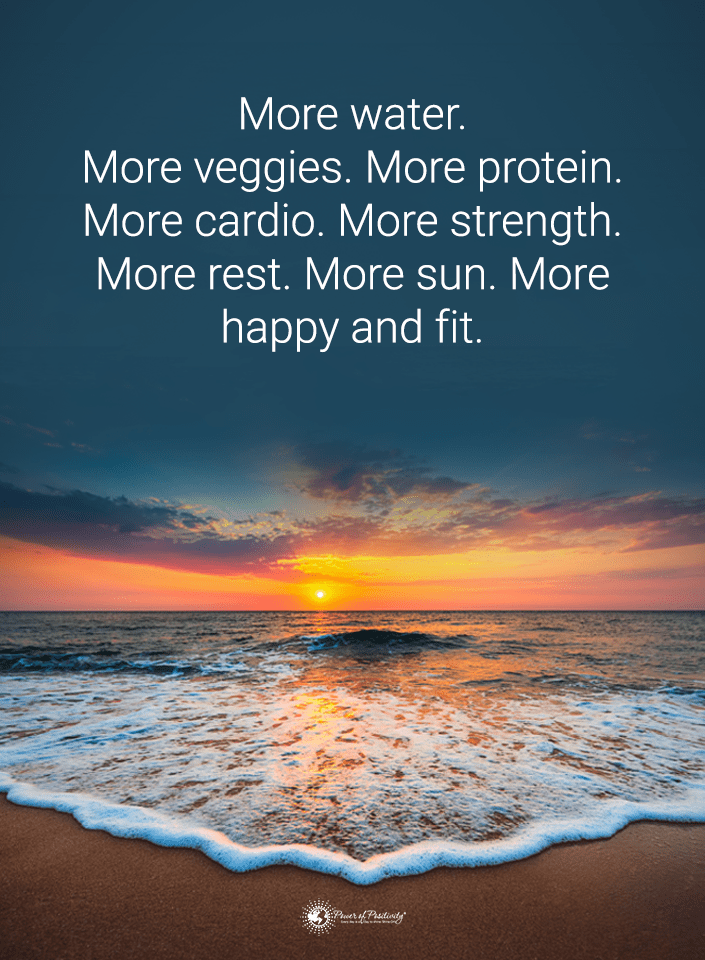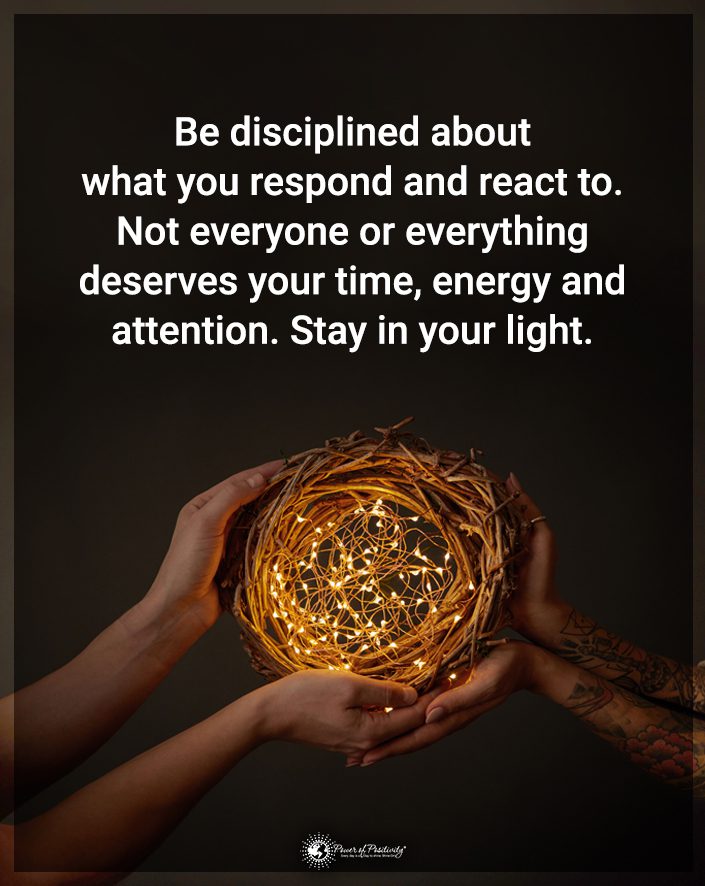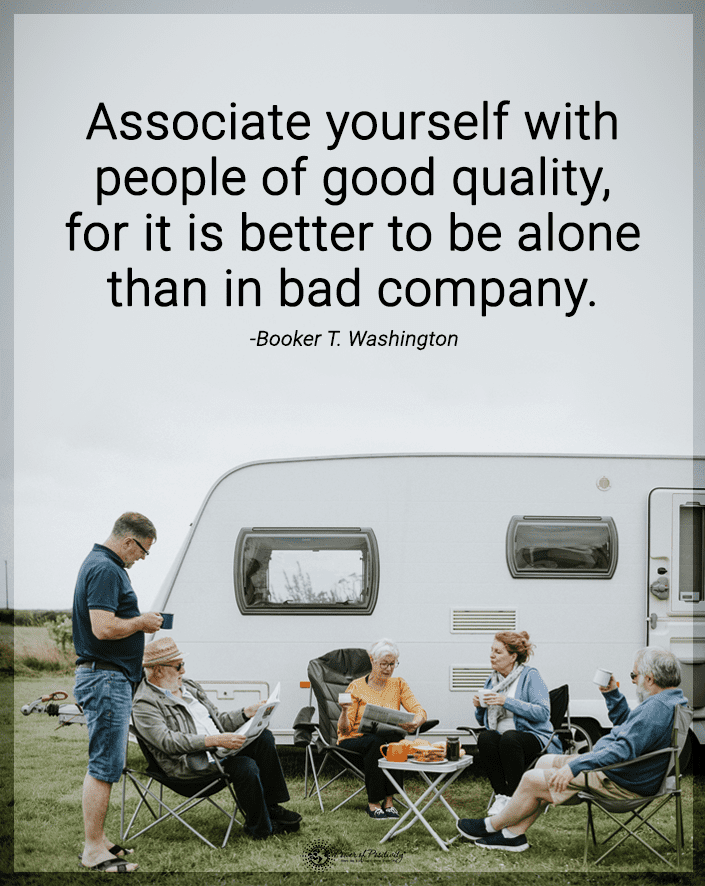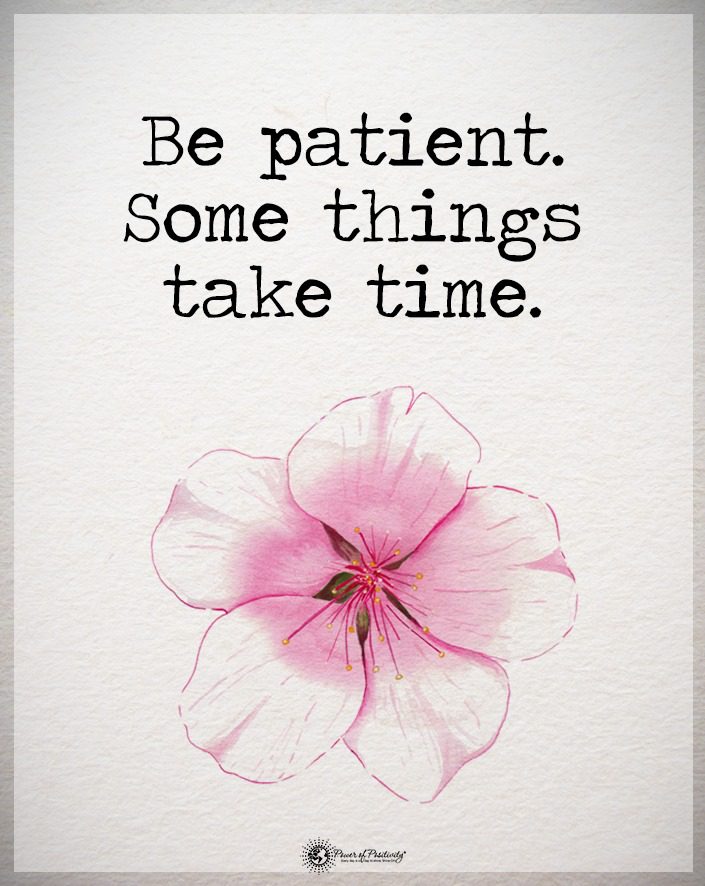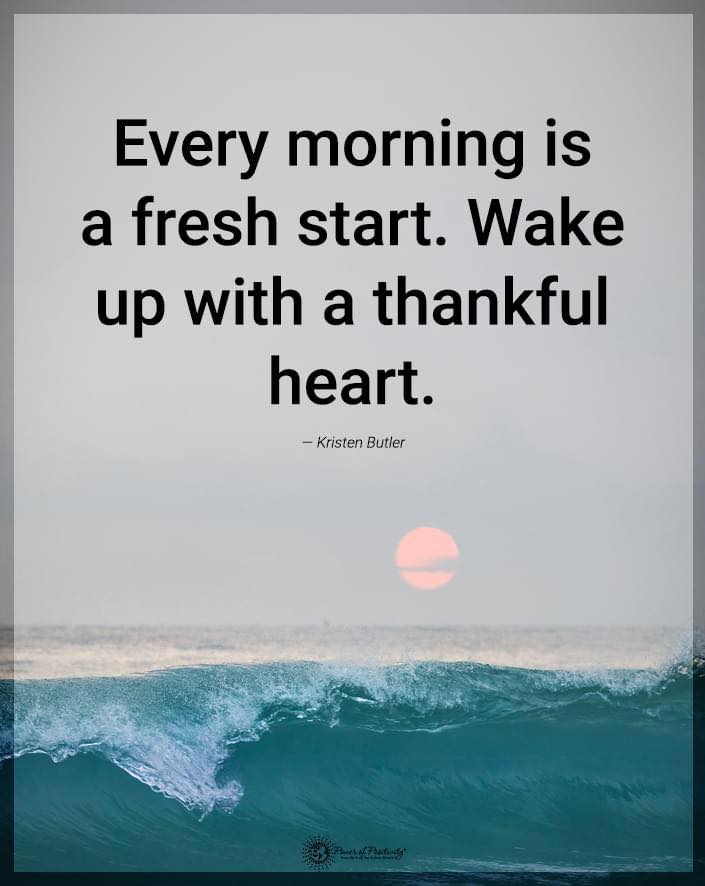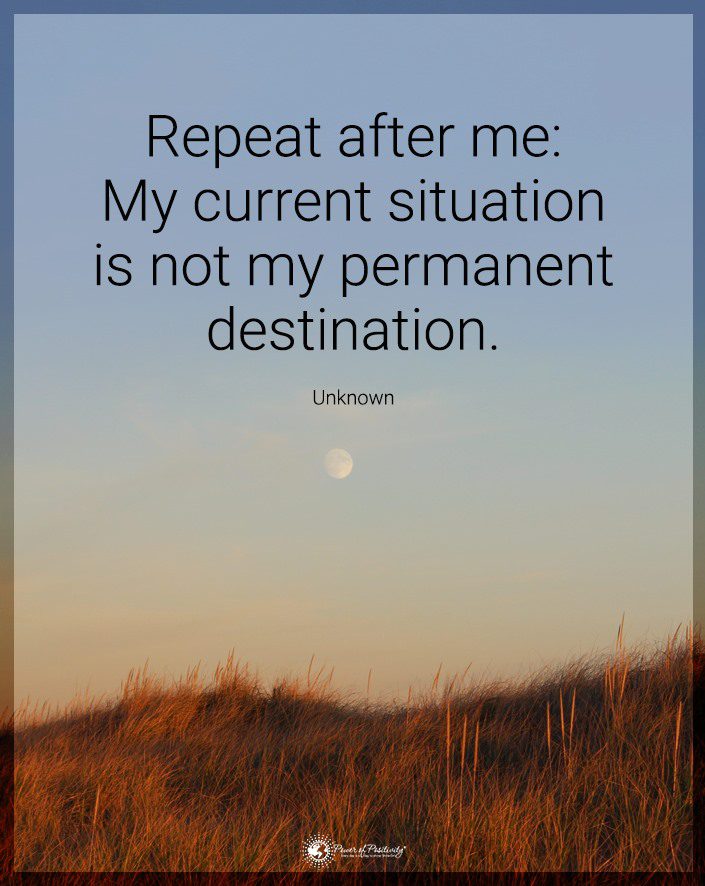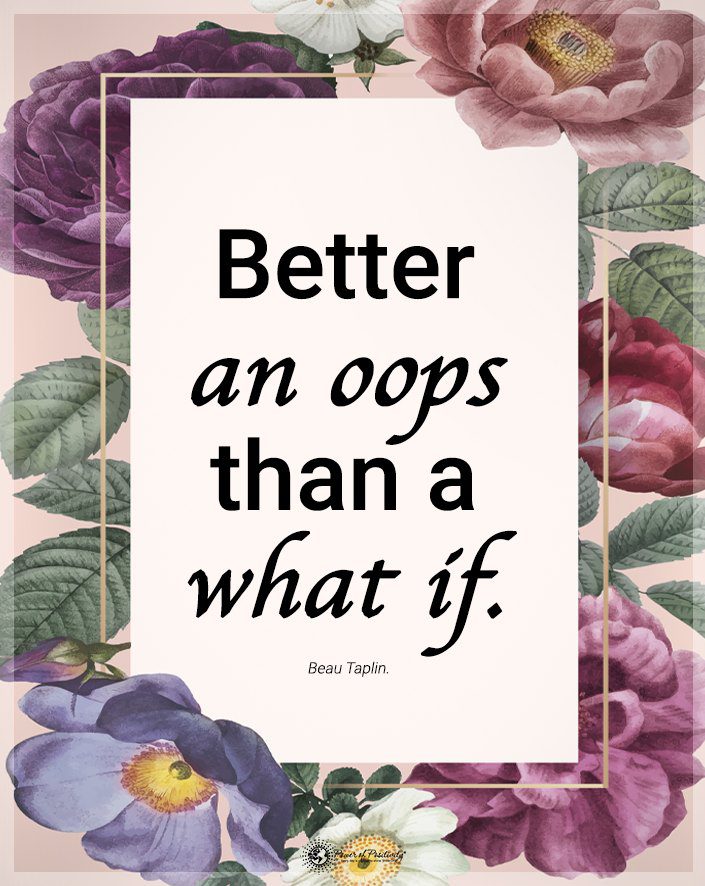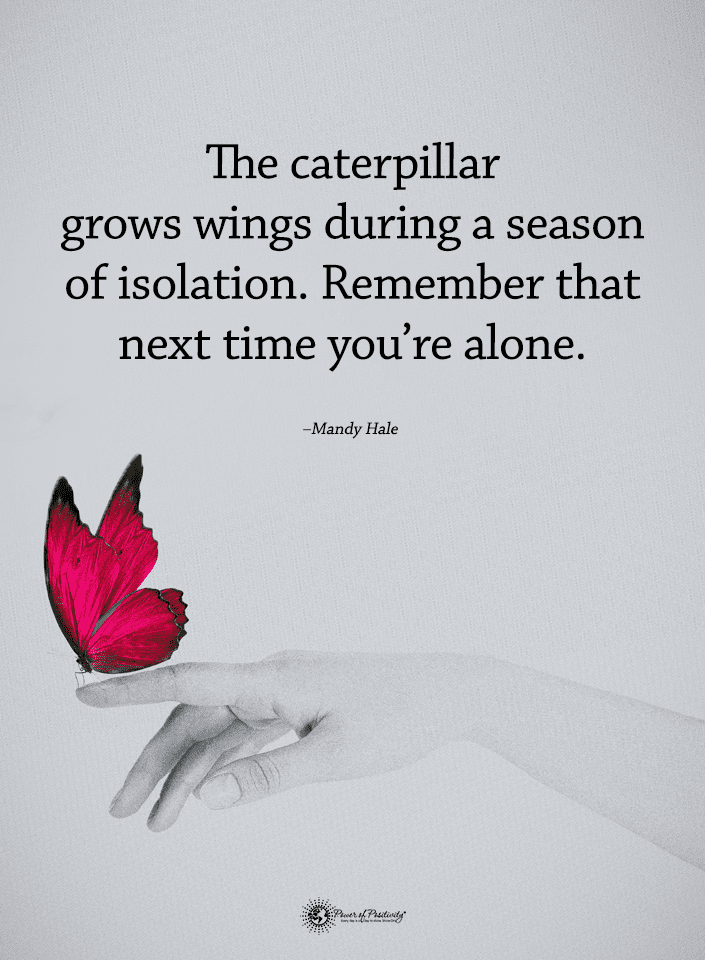Beginning a new love relationship is often akin to stepping into a thrilling scavenger hunt. The journey unfolds with anticipation, mystery, and a series of intriguing puzzles waiting to be unraveled. With every new encounter, you receive a “clue” through shared experiences, expressions, and conversations. These clues, like the questions to ask girls early in a relationship, guide the path forward and add depth and meaning to the adventure.
Each clue you uncover offers a deeper insight into her world, psyche, and heart. It also makes the pursuit even more captivating. Just like in a scavenger hunt, where every found item or solved riddle intensifies the eagerness to reach the final treasure, in the game of love, every question answered and every mystery unraveled fuels the desire to know her more, to delve deeper and to solidify the bond that’s forming.
Yet, as with any scavenger hunt, there’s an art to choosing the right clues and understanding their significance. The journey isn’t just about collecting pieces but about making sense of them, piecing them together, and appreciating the bigger picture they form. Similarly, in the early stages of a relationship, it’s essential to ask questions and truly listen, reflect, and cherish the revelations they bring.
As you embark on this delightful journey, remember that while the destination (a deep, fulfilling relationship) is rewarding, the journey itself—the discoveries, the shared laughter, the challenges overcome—holds its unique charm. So, with an open heart and an eager spirit, let the scavenger hunt of love commence!
Editorial Note: These questions specifically help males understand a woman’s heart and mind. If you are a female who wants to know the best questions to ask guys, you can find them in a separate article.
Why These Questions to Ask Girls Help Advance Your Relationship
When it comes to women, understanding their perspective early on in a relationship can set the foundation for mutual respect, understanding, and growth. Here’s why it’s crucial:
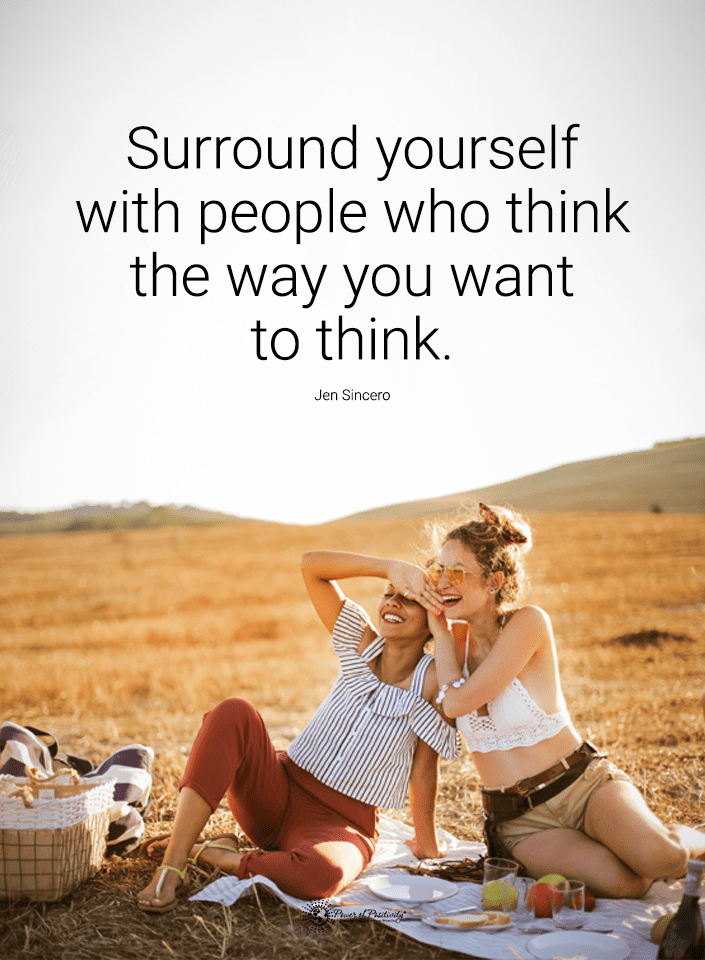
1 – These Questions to Ask Girls Can Build Mutual Respect
By asking questions, you show that you value her opinions, thoughts, and feelings. That establishes a culture of mutual respect, which is foundational for any healthy relationship. A woman’s experience in the world can be significantly different from that of a man, and understanding these nuances can foster empathy and mutual regard.
2 – These Questions to Ask Girls Help Foster Open Communication
Starting a relationship with open-ended questions encourages a culture of open communication. It sets a precedent that both partners are willing to listen and understand. Thus, it creates an environment where you can discuss complex or sensitive topics more readily as the relationship progresses.
3 – These Questions to Ask Girls Help Better Understand Her Needs and Boundaries
Everyone comes into a relationship with their own set of needs, expectations, and boundaries. By asking questions early on, you can gauge what she values in a partner, her boundaries, and her relationship non-negotiables. This understanding can help avoid potential misunderstandings or conflicts down the line.
4 – These Questions to Ask Girls Offer Insights into Her Past
Her past experiences within and outside relationships have shaped her beliefs, fears, and aspirations. Knowing her history can offer context for her actions, reactions, and emotions. As a result, it builds a deeper connection and understanding.
5 – These Questions to Ask Girls May Facilitate Emotional Intimacy
Emotional intimacy often precedes or goes hand-in-hand with physical intimacy. Asking questions and understanding her emotional landscape can foster a deeper emotional bond. Thus, you will strengthen your relationship’s foundation.
6 – These Questions to Ask Girls Promote Personal Growth
By understanding her strengths, weaknesses, fears, and dreams, you can support her personal growth and vice versa. A relationship should be a partnership where both individuals grow. Moreover, understanding each other’s growth areas can lead to mutual development.
7 – These Questions to Ask Girls Can Gauge Compatibility
While opposites might attract, shared values and life goals are essential for long-term relationship success. By asking questions, you can ascertain areas of compatibility and potential conflict. Thus, you help both parties determine if the relationship has a lasting foundation.
8 – These Questions to Ask Girls Help With Avoiding Assumptions
Assumptions can be relationship pitfalls. By asking questions and seeking clarity, you reduce the risk of misinterpreting her actions, words, or silences.
This proactive approach can prevent unnecessary conflicts or misunderstandings.
9 – These Questions to Ask Girls Appreciate Her Individuality
Each person is a unique tapestry of experiences, beliefs, and values. Asking questions highlights her unique character traits. Therefore, it allows you to appreciate and love her for who she truly is, beyond societal stereotypes or biases.
10 – These Questions to Ask Girls Can Help With Setting Relationship Expectations
Every relationship has its dynamics. By discussing and asking questions early on, both parties can set and understand the relationship’s pace, direction, and expectations, ensuring that both are on the same page.
So, these questions to ask girls, especially at the beginning of a relationship, are pivotal. This step is fundamental in building a sturdy, understanding, and loving foundation. The process aids in understanding her worldview. It also demonstrates a willingness to invest, respect, and nurture the bond you share. It is an investment in the relationship’s longevity and quality.
15 Questions to Ask Girls Early in a Relationship
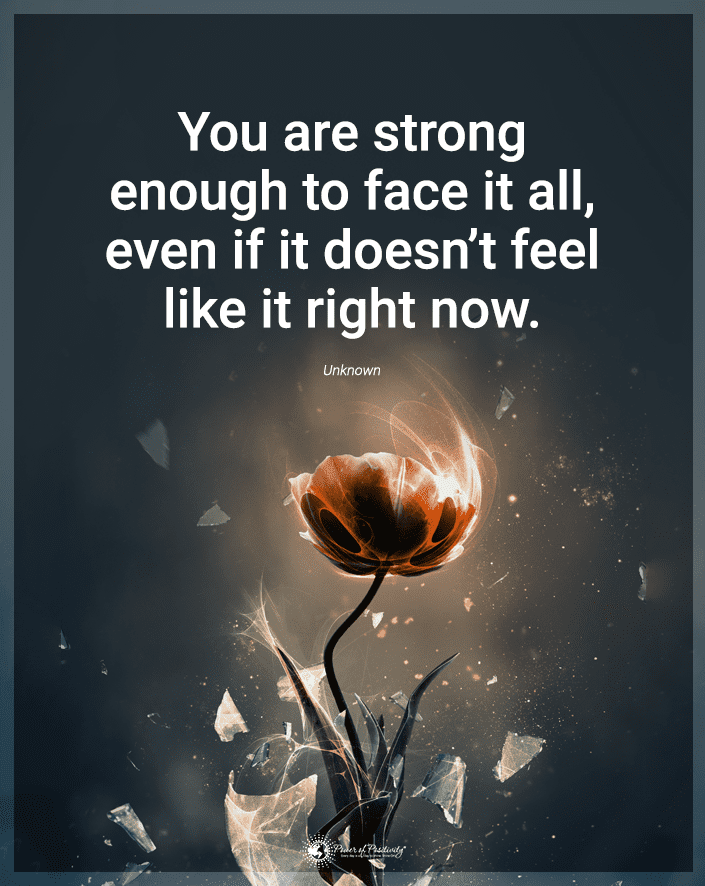
1 – What’s your idea of a perfect date?
This query offers a glimpse into her romantic ideals and whether she visualizes experiences that mirror your past outings.
2 – How important is communication to you in a relationship?
Her answer can help determine her expectations and the value she places on emotional connection and understanding.
3 – What do you value most in a partner?
Uncovering her priorities can provide insights into what she might seek in a relationship and whether you align with those qualities.
4 – How do you express affection?
Every individual has their love language. Understanding hers can explain how she might show her feelings for you.
5 – Which memory of us makes you smile the most?
This question digs into the moments she cherishes and can provide insight into the importance she places on your shared experiences.
6 – How do you handle stress or disagreements?
Conflict resolution is key in any relationship. Her answer will provide a window into her emotional maturity and her approach to challenges.
7 – Do you believe in fate or destiny in relationships?
Her perspective on fate and destiny can offer a peek into her romantic beliefs and how she views your bond.
8 – What does a supportive partner look like to you?
Support can be multifaceted. Understanding her definition can guide you in being the partner she desires.
9 – How do you spend your free time?
Gauging her hobbies and activities and noting any desire to include you in them can hint at her feelings toward you.
10 – What’s a lesson you’ve learned from past relationships?
Gleaning insights from her past can help her understand her expectations and needs in the present.
11 – Do you think trust is more of a journey or a relationship starting point?
Her stance on trust will provide a foundation for understanding her approach to building and nurturing relationships.
12 – What dreams would you love to achieve with a partner?
Her aspirations for shared experiences indicate whether she envisions creating those special moments with you.
13 – How do you feel about boundaries in a relationship?
Understanding her boundaries and her respect for them can provide insights into the depth and seriousness she sees in a relationship.
14 – What kind of gestures make you feel most appreciated?
Knowing what makes her feel valued can clue you into her needs and whether she feels those needs are met with you.
15 – What’s a quality about yourself you wish more people noticed?
Her response can unveil hidden layers of her personality, guiding you in understanding and appreciating her deeper self.
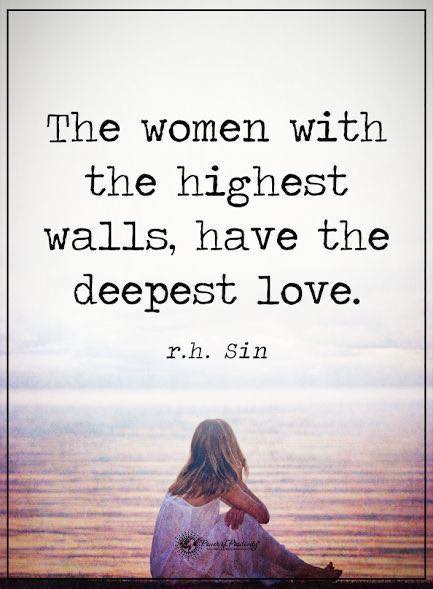
Final Thoughts on Questions to Ask Girls to Develop Your Love Relationship
As our guide through the scavenger hunt of love draws to a close, it’s crucial to reflect upon the journey thus far. Each question posed, and every answer received is a clue that brings you closer to the treasure of understanding, connection, and intimacy. Like any dedicated scavenger hunter, the value isn’t just in finding the treasure but in the thrill of the hunt, the lessons learned, and the deeper understanding acquired.
Some clues might be more challenging to decipher in relationships, as in scavenger hunts. There might be moments of uncertainty where the path isn’t clear, and you might feel lost. But with persistence, genuine interest, and an open heart, each clue, each shared moment, and each answer brings clarity. Thus, together, you can chart the map of your shared journey.
Remember, the beauty of the scavenger hunt lies not merely in reaching the destination. Instead, it intertwines with the journey itself. You will experience the anticipation, the excitement, the revelations, and even a few occasional setbacks. Similarly, as you navigate the intricate pathways of her heart, cherish every clue she offers. In the end, these clues lead to a deeper understanding of her and a richer, more profound bond between you both.
So, equipped with your questions and a heart full of curiosity, continue your scavenger hunt. May your journey be filled with delightful discoveries, moments of shared joy, and the ultimate treasure of a deep, meaningful connection.

